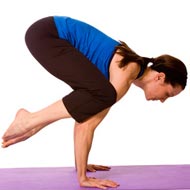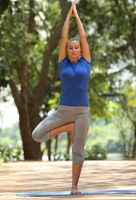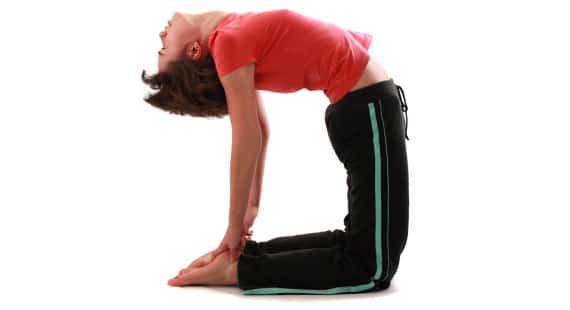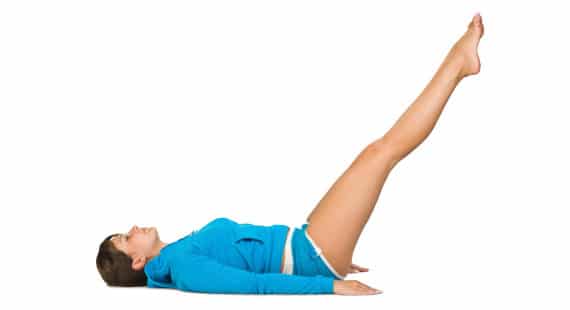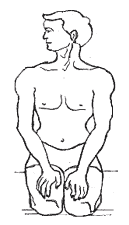Tadasana or the Mountain Pose is one of the most basic of all yoga poses for beginners. The Tadasana is normally the first post taught in yoga classes and fitness centers. When you are performing a series of yoga positions, you normally begin with this Tadasana.
The Tadasana or the mountain pose stretches out the muscles.. The best time to perform this pose is when you feel your yoga session has turned a little to intense. If you perform the mountain pose in between a series of yoga asanas helps you to rest your body and gives time to recover. It also helps to gain concentration. Here is a step by step method on how to perform Tadasana.
Steps to perform Tadasana
- Step 1: Stand straight keeping your feet flat
on the ground with your heels slightly apart. The bases of your big toes
should be touching. Distribute your weight evenly between both of your
feet. You can achieve this by lifting and spreading your toes.. Repeat
this till you feel that your weight is evenly distributed and you are
completely balanced.
- Step 2: Keep your thigh
muscles firm without hardening your belly. Lift the insides of your
ankles ever so slightly so that your feet appear to be cupped. Turn the
upper parts of the thighs slightly inwards and lift your pubis towards
the navel while lengthening your tailbone. Try to mentally connect your
groin to your inner thighs and your torso through an imaginary energy
line. This will help you maintain your balance when you are stretching.
- Step 3:
Extend your shoulder blades and arch them slightly towards the back.
Keep them stretched and then slowly release them back, but while you are
doing that, do not push your ribs forward. Lift your sternum slightly
and bring your arms behind your torso.
- Step 4:
Bring the centre of your head directly in line with the center of your
pelvis, keeping your chin parallel to the floor. Soften your throat and
eyes. Stay in this position for at lease 30 seconds. If you can keep
your balance for longer, try to maintain it for about a minute. Continue
to breathe easily.
Benefits of Tadasana:
1. Tadasana is the foundation of the all yoga postures. It aligns the body.
2. It strengthens the knees, thighs and ankle joints.
3. It corrects the postures.
4. Tones the abdominal muscles, corrects the flat feet.
5. This asana coordinates between mind, breath and body
Here is a video showing how to practice Tadasana
)







